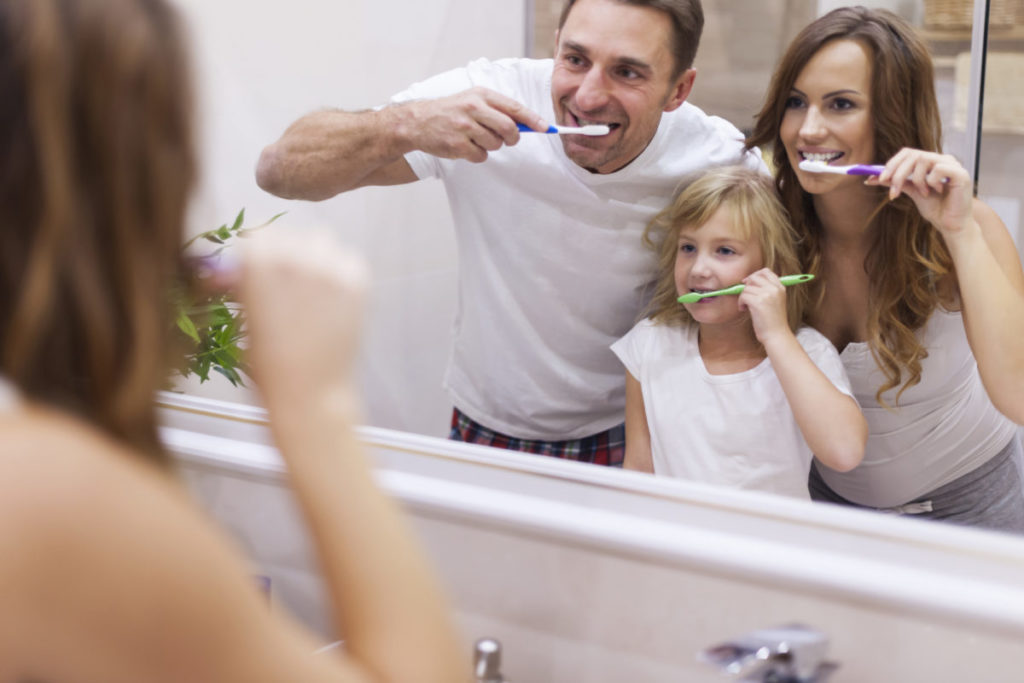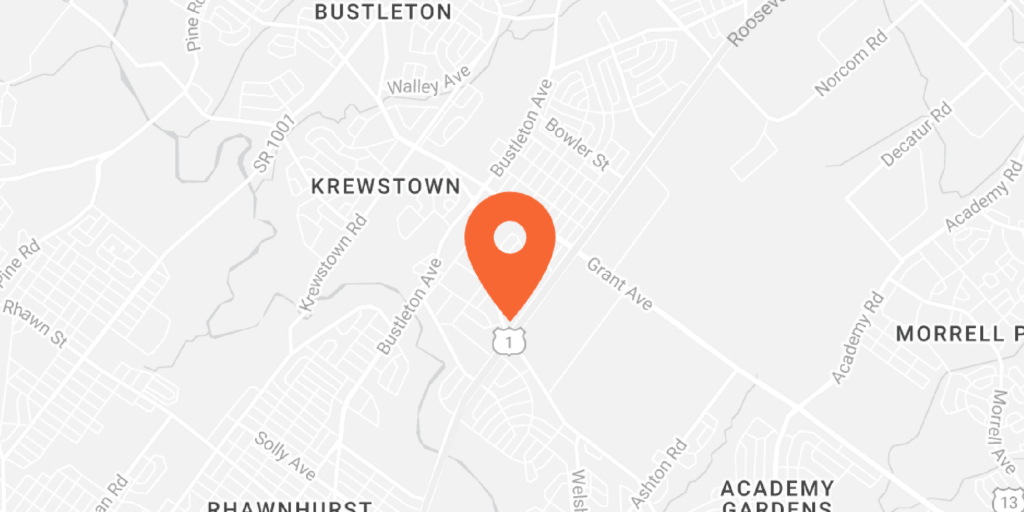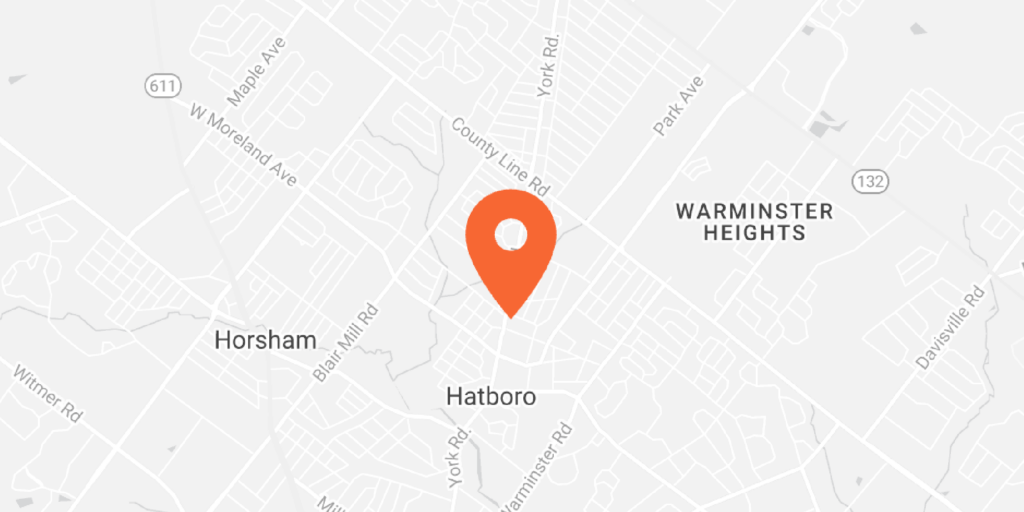For most people, brushing their teeth is habit. They quickly brush the surface of their teeth, rinse out their mouth, and carry on with their day. But how do you know if you are actually brushing your teeth the right way. And, more importantly, is there actually a right way to brush your teeth? Here are nine of the most common mistakes that people make when brushing their teeth and how you can make sure that you are actually brushing your teeth the right way. Here’s how to properly brush your teeth.
1. Make sure you are using the right toothbrush.
The toothbrush that you can buy for one dollar at any grocery store is fine, but it’s not the perfect tool for really getting your teeth clean. And the toothbrush that works for one person is not going to work for another person. If you are having to strain your mouth to get your toothbrush to your back teeth, you are using the wrong toothbrush. Pick something sleeker that makes it easier to reach those teeth at the back of your mouth. And pay attention to how stiff the bristles are. Too stiff and you will hurt your gums. Too soft and you won’t be cleaning away the food particles, bacteria, and plaque.
2. Are you giving it enough time?
Probably not. Most dentists and orthodontists recommend brushing your teeth for at least two minutes. This gives your thirty seconds on each of the four quadrants of your mouth. The average person actually brushes their teeth for less than a minute, which means that not only are you probably not getting to all of the areas of your mouth equally, you are probably not getting to some areas of your mouth at all. This means that there are areas of your mouth were plaque is building up and building up, eating away at your enamel. Give it more time and make sure you are giving all areas of your mouth the attention it deserves.
3. Don’t brush too hard.
Brushing too hard can actually wear aware your enamel and your gums. How do you know how much pressure is too much pressure? If you are brushing more than three times a day, you are brushing too often. If you are pushing down so hard that you can feel the bristles scraping your gums, you are pushing down too hard. You do not need to vigorously scrub at your teeth. Gentle brushing usually does the trick.
4. Use the right technique.
What technique do you use to get to all of your teeth? Are you scrubbing your teeth in little concentric circles? Or are you scrubbing back and forth along your gum line? Most people do the latter and this is actually the worst way to get your teeth clean. In fact, you could actually be scraping your gum line and wearing it down. The best way to clean your teeth is by holding your brush at a forty-five degree angle to the gums and brushing in small, short, up and down motions. This is one of the most important things to remember when learning how to brush your teeth properly.
5. Change how you brush each day.
Don’t always follow the same pattern, start in the same place, and end in the same place while brushing your teeth. Why not? Because following a routine breeds complacency. Starting in a different place each day will make sure that you do not get lazy with your brushing pattern. Keep track of how your brush your teeth so you know which teeth have gotten the brush and which still need it.
6. Pick better products.
One of the biggest mistakes the average consumer makes is to pick discount toothpaste. It does matter what kind of toothpaste you use. If you are just trying to prevent cavities, avoid toothpaste that has whitening chemicals in it, as these can actually harm your enamel and might be scraping away at the surface of your tooth. Look just for fluoride toothpaste. If you do want to whiten your smile, switch between a whitening toothpaste and your normal toothpaste.
7. Lay off the acid.
Don’t drink or eat anything acidic within a half hour of brushing your teeth. This means avoiding drinks like soda and energy drinks, as well as coffee, orange juice, and apple juice, as well as sour candies. These will actually soften your teeth. If your brush your teeth directly after eating or drinking these things, your teeth will be soft enough that you might actually be brushing away your enamel.
Have braces? Here are some tips on brushing with braces.
8. Store your brush somewhere safe.
Most people just leave their toothbrush in the bathroom, but this is probably not the best place to put your brush. It is simply not the cleanest room in the house, no matter how often you clean it. Don’t leave it in the counter. Put it in the cabinet or in a drawer. Preferably, stash it somewhere where you can stand it up, so it will quickly air dry, to avoid to growth of bacteria.
9. Buy a new toothbrush.
Your toothbrush is designed to wear down. If you have not had a new one in the last four months, now is the time to buy a new one. Over time, with use, the bristles become less flexible and start to fray. You simply will not be getting the same clean as you once were. If you are starting to notice that you have worn a rut through your toothbrush or that your bristles have frayed, it is time to buy a new brush, even if you have not had your current brush for four months.



